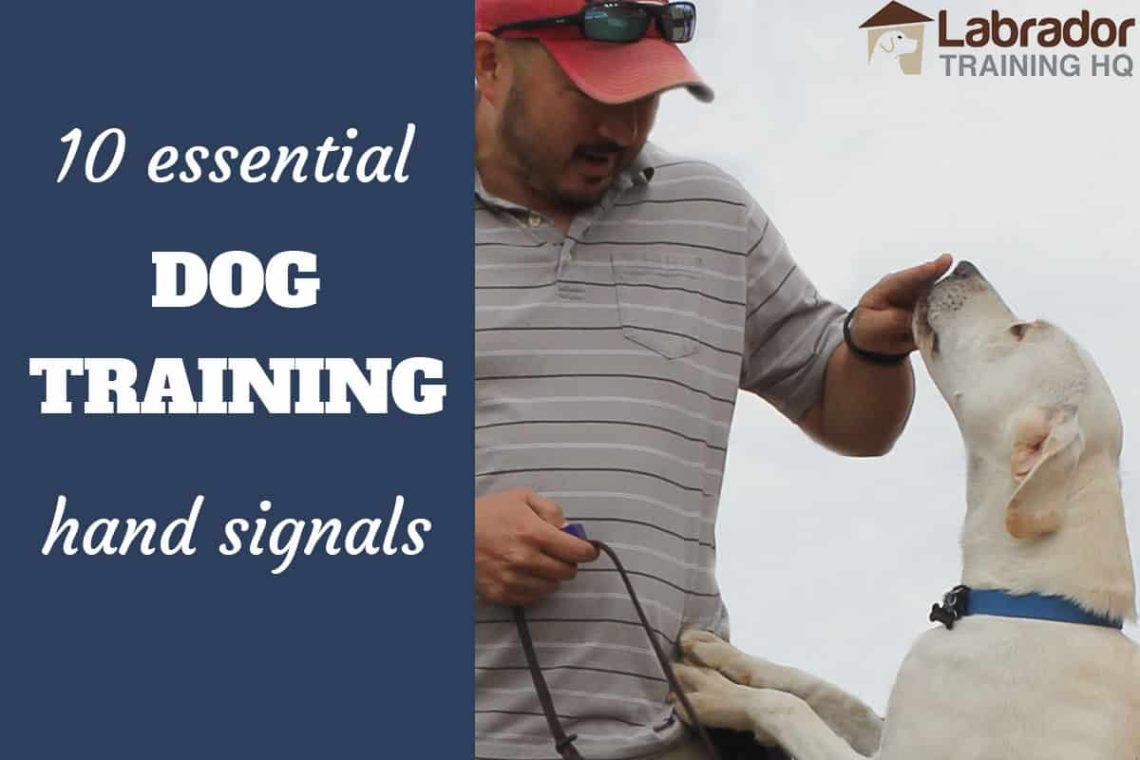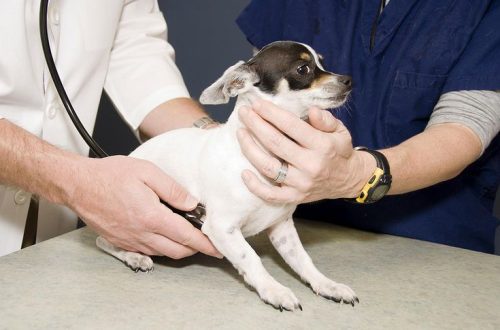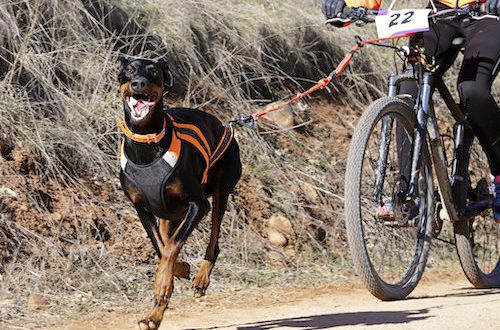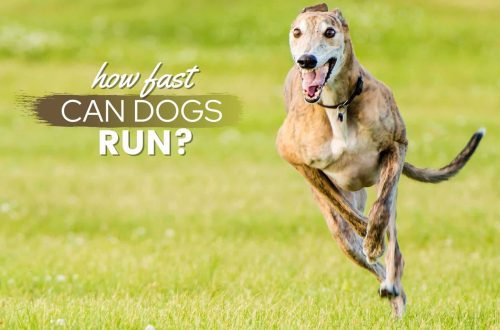
How to give commands to the dog with gestures?
Gesture commands, as you understand, are possible in situations where the trainer is in the dog’s field of vision. This usually happens in trials and competitions in some training courses, sometimes in dog shows. Gestures are widely used in dog dances. Gesture commands can be used to control a deaf dog, provided that an electronic collar is used, the signal of which means to look towards the handler. In everyday life, a gesture command also implies the presence of a signal that draws the dog’s attention to the owner.
As for dogs, it is not difficult for them to understand the meaning of human gestures, since they actively use a variety of pantomime signals to communicate with their own kind.
Teaching a dog to respond to gestures is easy. To do this, when training a puppy or a young dog, you can give a command with your voice, accompanying it with an appropriate gesture. This is the meaning of the method of training, which is called the method of pointing or targeting. It is often described as follows: hold a piece of dog treat food or a play item in your right hand (both the treat and the play item are called a target). Give the dog the command “Sit!”. Bring the target to the nose of the dog and move it from the nose up and slightly back – so that, reaching for the target, the dog sits down. After several lessons, the number of which is determined by the characteristics of the dog, the target is not used, and gestures are made with an “empty” hand. In the second case, the dog is first taught to perform what is required by the voice command, and when the dog learns the sound command, a gesture is added to it. And after several sessions of simultaneous use of commands by voice and gesture, they begin to give commands to the dog separately by voice and separately by gesture, trying to get it to perform the required action in both cases.
In the General Training Course (OKD), gestures are used when giving the dog a free state, for calling, for landing, standing and laying when the trainer is at a distance from the dog, when duplicating commands to fetch an object, send the dog to the place and to overcome gymnastic equipment.
When giving the dog a free state, which means walking the dog without a leash, a hand gesture not only duplicates the voice command, but also indicates the direction of the desired movement of the dog.
We act like this. The dog is in the starting position, i.e. sitting to your left. You unfasten the leash, give the dog the command “Walk!” and raise your right hand, palm down, to shoulder height, in the direction of the desired movement of the dog, after which you lower it to the thigh of your right leg. To begin with, the trainer himself should run a few meters in the indicated direction in order to explain to the dog what is required of it.
In addition, guiding gestures are used when fetching (gesture – a straight right hand rises to shoulder level with the palm down, towards the thrown object) and when overcoming obstacles (gesture – the straight right hand rises to shoulder level with the palm down, towards the obstacle).
To teach the dog to approach the trainer by gesture, in the case of its free state, the dog’s name is first called and at the moment when the dog looks at the trainer, the command is given with a gesture: the right hand, palm down, is raised to the side to shoulder level and quickly lowered to the thigh with the right legs.
If the dog has already been trained to approach on a voice command, then after attracting attention, they first show a gesture, and then give a voice command. If the dog has not yet been trained in the approach, it is walked on a long leash (cord, thin rope, etc.). After attracting the attention of the dog with a nickname, they give a gesture and with light twitches of the leash they initiate the dog’s approach. At the same time, you can run away from the dog or show it some target that is attractive to it.
The landing gesture in OKD is given as follows: the straight right arm is raised to the right side to shoulder level, palm down, then bent at the elbow at a right angle, palm forward. Usually, the landing gesture is introduced after the dog agrees to sit on a voice command.
There are at least two ways to train a dog to sit by gesture. In the first case, fix the dog in a standing or lying position and stand in front of it at arm’s length. Take the target in your right hand and with the movement of your hand from the bottom up, direct the dog to land. When making a gesture, say a command. Of course, this gesture is not very correct, but it’s not scary. Now we are forming in the dog the concept of the informational content of the gesture.
When the dog starts doing the 2 commands with ease, stop using the voice command. At the next stage, remove the target by controlling the dog with an “empty” hand. Then it remains to gradually bring the movement of the hand closer to that described in the rules.
You can work out the landing gesture and the pushing method. Stand in front of the dog facing him. Take the leash in your left hand and pull it slightly. Give a voice command and carry your right hand from the bottom up, making a simplified gesture and hitting the leash with your hand from below, forcing the dog to sit down. Just like in the first case, over time, stop giving the command with your voice.
The gesture for laying in the OKD is given as follows: the straight right hand rises forward to the level of the shoulder with the palm down, then falls to the thigh.
It is necessary to start working on the skill of laying by gesture when laying in the main stance and maintaining a given pose with the departure of the trainer are mastered.
Fix the dog in the “sit” position or in the rack. Stand in front of her at arm’s length, take the target in your right hand and moving your hand from top to bottom, passing the target past the dog’s nose, point it at the laying. While doing so, say the command. Of course, the gesture is not very correct, but it is acceptable. At the second or third lesson, the target is removed, and as the dog is trained, the gesture is reproduced more and more correctly.
As in the case of landing, the laying gesture can also be taught by the pushing method. After fixing the dog in the “sit” or stance position, stand in front of the dog facing him at arm’s length, take the leash in your left hand and pull it slightly. Then give a voice command and make a gesture with your right hand so that the hand hits the leash from top to bottom, forcing the dog to lie down. In the future, omit the voice command and get the dog to perform the action by gesture.
The gesture that initiates the dog to stand up and stand is carried out as follows: the right arm, slightly bent at the elbow, is raised up and forward (palm up) to the level of the belt with a wave.
But, before you start practicing the gesture stance skill, you and your dog must master the stance in the main position and maintain a given posture when the trainer leaves.
Fix the dog in a “sit” or “lie down” position. Stand in front of the dog facing him at arm’s length. Take a food target in your right hand, bend your arm at the elbow, bringing the target to the dog’s nose and moving the target up and towards you, place the dog. Then the target is removed and gradually, from lesson to lesson, the gesture is made closer and closer to the standard.
If you need to teach the dog to perform the required distance, start increasing the distance only after the dog begins to assume the desired position on the first command in close proximity to you. Take your time. Increase the distance literally step by step. And work as a “shuttle”. That is, after the given command, approach the dog: if the dog complied with the command, praise; if not, please help.





